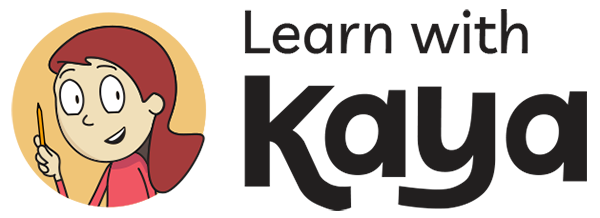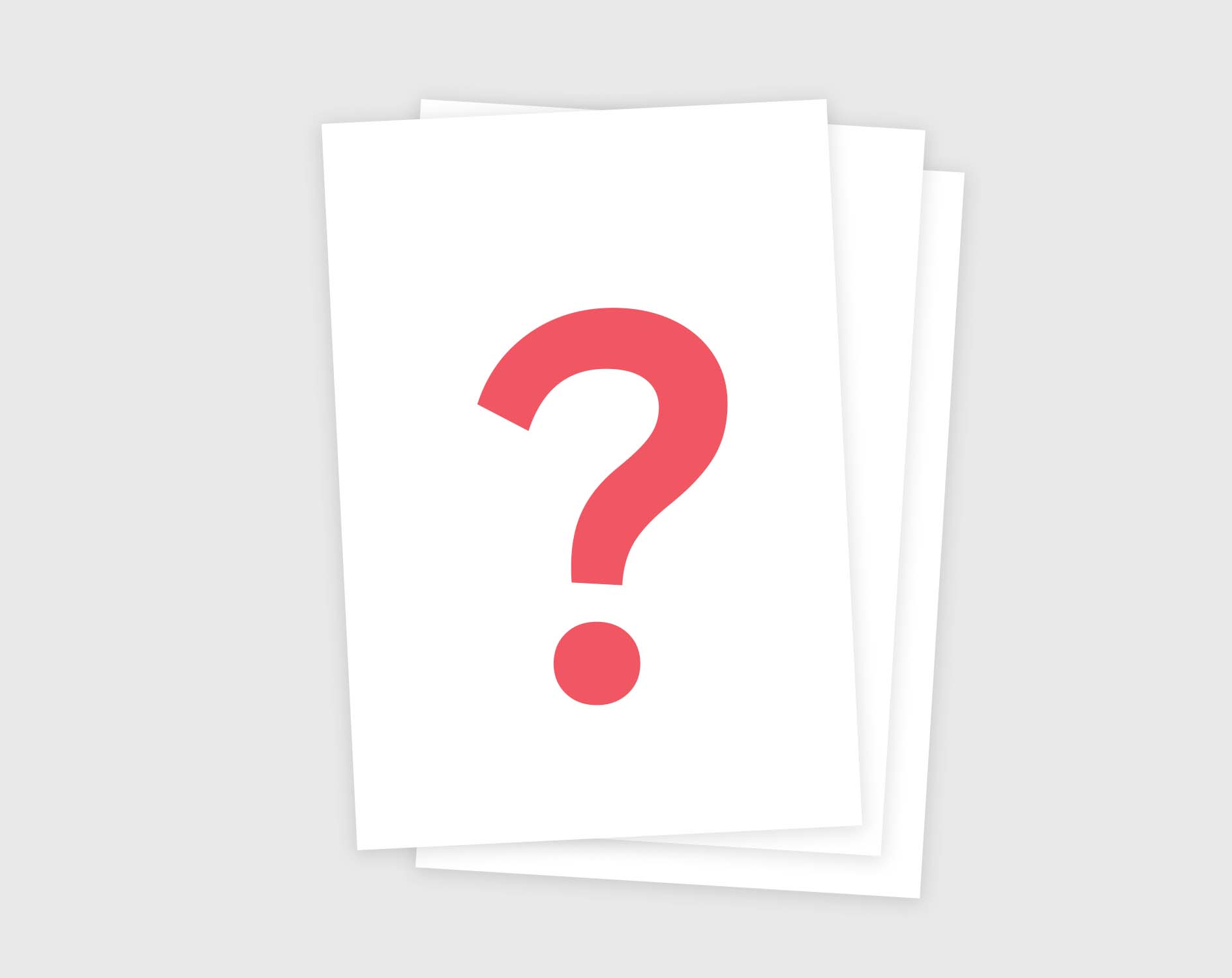Flash cards are an instructional tool for teaching and memorization that displays words, numbers or images on one side of a card. Teachers and parents can quickly improve their student’s educational experience by using flashcards to reinforce new material.
Whether in a classroom setting or with individual students, flashcards are an effective way of helping learners retain information. They’re great for revision too. You can easily use them on your own for memorization practice!
Flash cards are used to study foreign language vocabulary, historical dates, scientific terms, and other facts, as well as to memorize formulas and equations. They are also useful for teaching young children basic concepts such as the alphabet and numbers.
Flash cards traditionally have been made out of paper but now there are many online tools available to create and store digital flash cards. With digital flashcards, you can take advantage of features such as spaced repetition and flashcard sets.
Different types of flashcards
Word flashcards are great for mastering vocabulary. Each card has a word written on one side and the definition written on the other. This helps you quickly learn the meaning of new words and phrases.
Picture flashcards are another great way to learn new concepts. Each card has a picture on one side and a word or phrase on the other. This allows you to quickly associate a picture with a word or phrase and get a better understanding of the concept.
Alphabet flashcards teach children letter recognition. Each card has an alphabet letter written on one side and an object that begins with that letter on the other side. This makes it easy to learn the letters of the alphabet.
Number flashcards teach numbers and counting. Each card has a number written on one side and the corresponding number of objects on the other side. This makes it easy to learn how to count.
Math flashcards help children learn basic math skills such as addition, subtraction, multiplication, and division. They can help kids quickly recognize numbers and equations, as well as teach them basic problem-solving skills.
Kids can practice their math skills by answering questions or solving equations on the back of the flash card. Flash cards can also be used as a fun game to help kids practice their math skills in a competitive way.
Is it flashcards or flash cards?
The words flash card or the more commonly spelt flashcard are both acceptable terms. Either way can be used when referring to a card, physical or digital, that displays information that is intended to be used as an aid in memorization.
History of flashcards
Favell Lee Mortimer’s Reading Disentangled, a set of phonics flashcards published in 1834, is heralded by many as the first instance of paper-based flashcard usage.
Prior to this revolutionary invention, early literacy education had been largely reliant on single-sided hornbooks.
Memorization
Flashcards provide an easy and effective way for students to quickly and efficiently learn and retain new information.
Flashcards can help to break down complex topics into smaller, manageable chunks so that students can better understand and remember what they are studying.
Reviewing material before a test or exam, flashcards provide a way to quickly refresh a student’s memory on topics that may have been forgotten or need to be reviewed.
Teachers who want to teach young kids to memorize new concepts, words or numbers use flash cards all the time. So if someone is looking to improve their own performance in school or the workplace flashcards can be a helpful tool.
What makes a good flashcard?
First and foremost, flashcards should contain high-quality content. This means that the information provided should be accurate, up-to-date, and relevant to the subject matter.
The content should be written in plain language with minimal jargon and technical terms. This will make it easier for the learner to understand and retain the material.
The format of the flashcards is also important. The layout should be organized, with an attractive visual design. This will make it easier for the learner to quickly locate the information they need.
The flashcards should include a wide variety of topics and questions to keep learning interesting.
Practice is essential for learning. Flashcards should provide ample opportunity for practice, with multiple choice and matching questions, as well as short answer questions. This will help learners develop a stronger understanding of the material and better recall the information.
Flash cards are only useful if used correctly and repeated practice is the key.
Digital flashcards
Do you have an internet connection? The electronic version of flash cards can be accessed from anywhere. Which means whenever you have a spare moment you can pull out your phone and practice.
Digital flashcards allow you to create and store multiple decks of cards with notes, images, audio recordings, and more. With digital flashcards, studying becomes more fun, interactive, and efficient.
Some of the popular flash card mobile apps are Quizlet, Anki, and Cram. They provide a range of ways to review your material, such as multiple choice, fill in the blank, and will even track your progress. With these apps, you can quickly and easily learn new information, and review existing material.
In conclusion, flashcards offer a great way to quickly and easily review information – hopefully making new information stick! They help you to stay organized and keep track of material.
Whether you are studying for a test, teaching your child numbers, or trying to learn a new language, flashcards can be a excellent tool for memorizing and reinforcing information.

